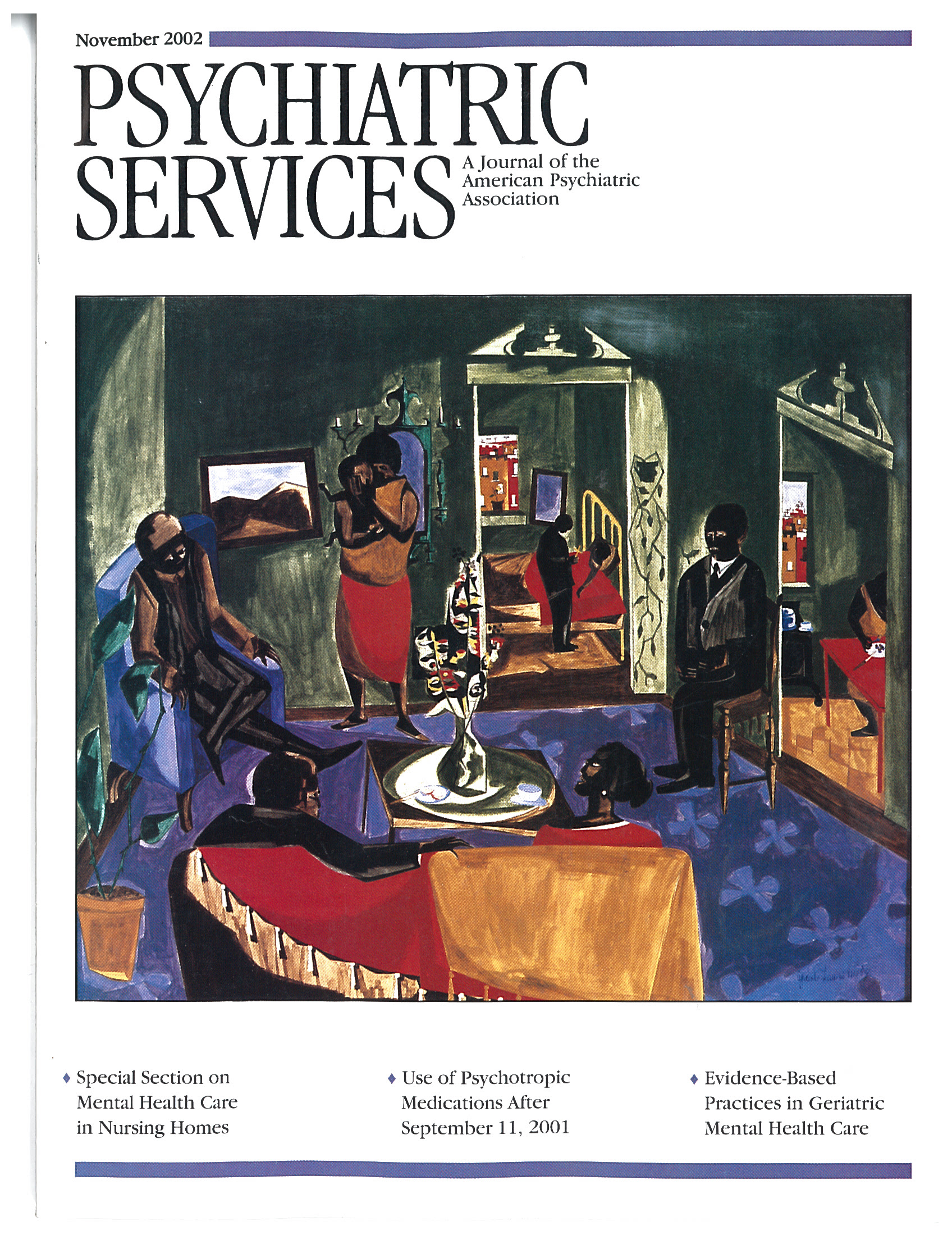Mental Health Services in Nursing Homes: Psychopharmacologic Interventions in Nursing Homes: What Do We Know and Where Should We Go?
Abstract
Psychiatric symptoms are common among individuals who live in nursing homes, with prevalence rates ranging from 51 percent to 94 percent. Accordingly, psychotropic medications are widely prescribed in this setting and are the subject of considerable debate and regulation. Current regulations arose from public and governmental concerns that psychiatric medications were being prescribed inappropriately to frail patients. Concern has also been raised about the absence of evidence on which to base prescribing decisions. Nursing homes are slowly being recognized as complex health care settings that warrant considerable research attention. This article explores the origins of the regulation of the use of psychotropic drugs in nursing homes, reviews controlled trials of these drugs in nursing homes, examines the role of these agents in adverse drug events experienced by nursing home residents, and proposes policy and research areas that merit consideration.



